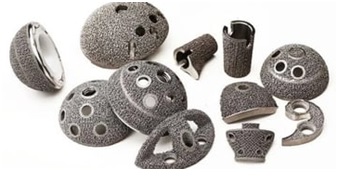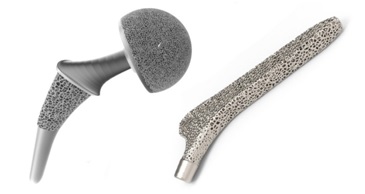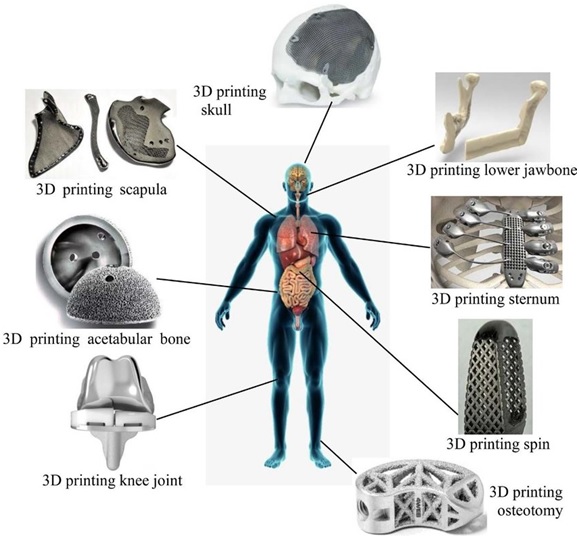An Overview of 3D Printed Metal Implants
In the days when 3D printing was not yet developed to meet medical standards, metal implants were produced using traditional manufacturing methods like casting and machining. This posed several problems, like having to visit the medical center to prepare the cast mold impressions on the patient’s body, waiting for the implants to be manufactured, and having to go through iterations till the required shape and fit is achieved on the patient. These approaches were not patient friendly and led to delayed surgeries and treatments, which could have aggravated the severity of the medical condition of the patient. But thanks to the developments and extensive research put into metal 3D printing technologies, it has paved a way to efficiently produce metal 3D printed implants that can be customized specifically for the patient. Let’s take a dive into the widely used metal 3D printing methods for additively printing metal implants, the processes involved, and the advantages each of them offers.

Geometry Creation in CAD
The prosthetic that has to be made is visualized and a CAD model is designed with the help of the anatomical data obtained from CT/MRI scan. There are CAD automation tools that enable the designers to create the complex lattice geometries and internal pores in the implant models that specifically suit the patient. Implants like knees, hips, shoulders, ankles, etc. need tiny internal pores on the surface to stimulate bone growth and naturally allow integration of the bone with the implant.

Lattice structures like these can be created with software aids like Genesis and nTopology.
Metal 3D Printing
Intricate surface pores and complex geometries that are not possible to make in traditional machining and casting can be produced in additive manufacturing methods which served as a breakthrough in orthopedic healthcare.
DMLS (Direct Metal Laser Sintering) and EBM (Electron Beam Melting) are the methods widely used for making implants. DMLS uses a metal powder bed and a laser to selectively melt and fuse metal powder particles to form the part layer by layer. EMB also uses a powder bed, but instead of a laser, an electron beam is used to fuse the metal particles together layer by layer to build the part. A quick comparison between the two is given below.
DMLS | EBM | |
Hear Source | Laser Beam | Electron Beam |
Minimum beam resolution | 100 micrometers | 180 micrometers |
Environment | Inert Gas Filled (Argon) | Vacuum |
Layer height | 30 micrometers | 90 micrometers |
Materials
Titanium alloys are the best suited materials for making implants as titanium is corrosion resistant to bodily fluids and the oxide layer that forms on top of it prevents it from further corrosion. Another great advantage of titanium is its biocompatibility, which does not trigger any harm to living tissues.
Advantages of 3D Printed Metal implants
- Ability to quickly produce the parts in time to treat the patient as soon as possible.
- Customization options to create the implant as per the patient anatomy, size and requirement
Applications

As shown in the picture above, implants are used in cranioplasty (treating defects in the cranium bones) and arthroplasty (replacement joints for knee, hip etc.)